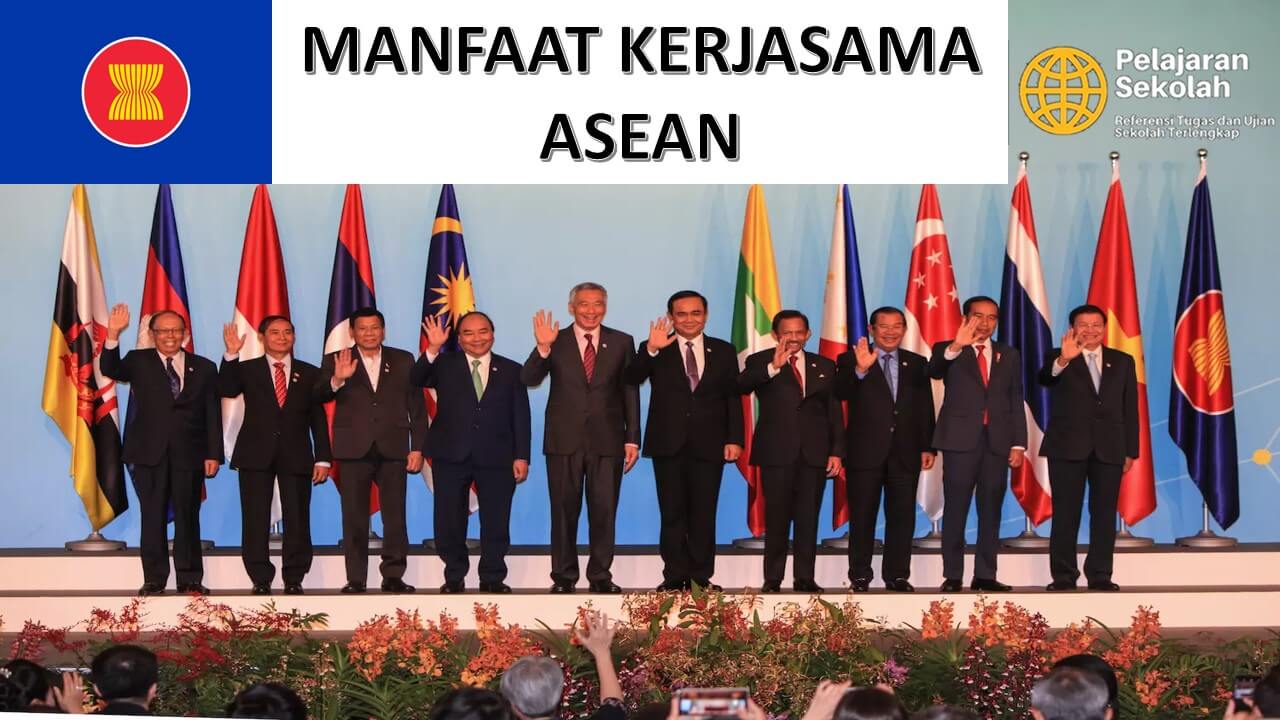ASEAN Educational Cooperation: Building a Brighter Future
Education is the cornerstone of progress and prosperity. In Southeast Asia, the Association of Southeast Asian Nations (ASEAN) recognizes this fundamental truth and has prioritized educational collaboration as a key driver of regional development. This collaborative approach, exemplified by various ASEAN education initiatives, aims to elevate the quality of education, foster cultural understanding, and empower future generations.
The concept of working together on education within ASEAN isn’t new. Since its inception, ASEAN has understood the power of shared knowledge and skills. The region's diverse cultures and varying levels of educational development present both challenges and opportunities. ASEAN educational cooperation aims to bridge these gaps, ensuring equitable access to quality learning experiences for all member states.
The importance of these cooperative efforts is undeniable. A stronger, more integrated education system within ASEAN fosters regional competitiveness, promotes innovation, and strengthens social cohesion. By pooling resources, sharing best practices, and promoting student and faculty mobility, ASEAN countries can collectively tackle educational challenges and unlock the immense potential of their human capital. Examples of ASEAN educational cooperation encompass a wide range of activities, from joint research projects and scholarship programs to teacher training initiatives and curriculum development.
However, these collaborative endeavors are not without their challenges. Differing educational standards, language barriers, and varying levels of economic development can create hurdles in implementing effective regional programs. Addressing these issues requires a commitment to open communication, mutual understanding, and a willingness to adapt to diverse needs and perspectives.
ASEAN educational cooperation takes many forms. One prominent example is the ASEAN University Network (AUN), a consortium of leading universities across Southeast Asia. The AUN facilitates student exchanges, joint research projects, and the sharing of academic resources. Another example is the Southeast Asian Ministers of Education Organization (SEAMEO), which promotes regional cooperation in education, science, and culture through various programs and initiatives.
The history of ASEAN educational cooperation is marked by a growing recognition of the importance of education in regional development. From early initiatives focused on teacher training and curriculum development, the focus has expanded to encompass a broader range of activities, including higher education collaboration, vocational training, and the promotion of lifelong learning. This evolution reflects the dynamic nature of the education landscape and ASEAN's commitment to adapting to changing needs.
The benefits of ASEAN educational partnerships are numerous. Increased student mobility exposes individuals to diverse perspectives and cultures, broadening their horizons and preparing them for a globalized world. Collaborative research projects foster innovation and knowledge creation, addressing regional challenges and contributing to advancements in various fields. Teacher training programs enhance the quality of instruction, ensuring that students receive a high-quality education that equips them with the skills needed for success.
Successful examples abound. The SHARE scholarship program, for instance, provides opportunities for students from ASEAN member states to pursue postgraduate studies in other ASEAN countries. This program not only enhances individual capacity but also strengthens regional ties. The development of standardized curricula in specific fields also exemplifies successful cooperation, ensuring quality and comparability across the region.
Advantages and Disadvantages of ASEAN Educational Cooperation
| Advantages | Disadvantages |
|---|---|
| Enhanced regional competitiveness | Varying levels of economic development |
| Increased student mobility | Language barriers |
| Improved quality of education | Differing educational standards |
| Cultural exchange and understanding | Bureaucratic hurdles |
Several challenges persist in implementing ASEAN educational cooperation, including disparities in funding, varying levels of commitment from member states, and the need for more effective monitoring and evaluation mechanisms. Addressing these challenges requires a collective effort from all stakeholders, including governments, educational institutions, and regional organizations.
Frequently Asked Questions about ASEAN Educational Cooperation often include inquiries about scholarship opportunities, eligibility criteria for exchange programs, the recognition of qualifications across member states, and the impact of these initiatives on regional development.
In conclusion, ASEAN educational cooperation is an essential pillar of regional development. By fostering collaboration, sharing resources, and promoting mobility, ASEAN member states are investing in their future. While challenges remain, the benefits of working together far outweigh the obstacles. The continued commitment to strengthening educational partnerships within ASEAN holds the key to unlocking the region's vast potential and building a brighter future for all.
Navigating the endocrine system your guide to optum endocrinology albuquerque nm
Where is the drivers license number in oregon and why you might need it
Unlocking jawi mastery year 3 worksheets and beyond













